
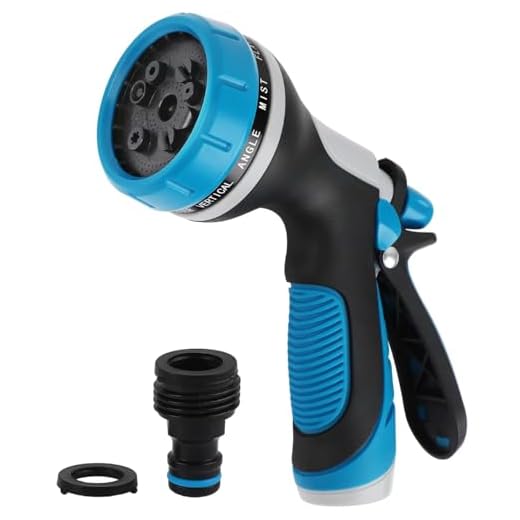
Utilising a mixture of simple household ingredients can yield impressive outcomes for maintaining the appearance of your exterior cladding. Start by combining white vinegar and water in a spray bottle, applying the solution directly onto the surface. This natural solution cuts through grime, mildew, and other contaminants, providing an efficient way to restore the original shine.
After allowing the solution to dwell for several minutes, use a soft-bristle brush to gently scrub the area. This removes stubborn spots while being gentle enough not to scratch the surface. Rinse thoroughly with clean water to ensure all residues are removed, leaving your cladding looking fresh and revitalised.
Another effective option involves using baking soda for a targeted approach. Mixing baking soda with water creates a paste that can be applied to tougher stains or discoloured areas. Let it sit for approximately 10 to 15 minutes before scrubbing it away. This method not only removes blemishes but also neutralises odours, enhancing the overall freshness of your home’s exterior.
For those persistent areas requiring extra attention, a commercial cleaner specifically formulated for your type of exterior surface may be beneficial. Always check manufacturer guidelines to ensure compatibility. Following up with a regular maintenance schedule will keep your cladding in optimal condition and prolong its life.
Optimal Techniques for Maintaining Exterior Cladding
Utilise a solution of warm water mixed with a mild detergent, such as dish soap or a specialised cleaner designed for exterior surfaces. Apply this mixture with a soft-bristle brush or sponge to ensure an even coat. Here’s how I tackle the task:
- Gather materials: soft-bristle brush, sponge, bucket, warm water, mild detergent.
- Combine one part detergent with five parts water in a bucket.
- Begin from the bottom and work upwards to prevent streaking.
- Use the brush to scrub gently, focusing on spots with stubborn dirt.
- Thoroughly rinse with a garden hose, starting from the top and working down to wash away soap residue.
Addressing Stubborn Stains
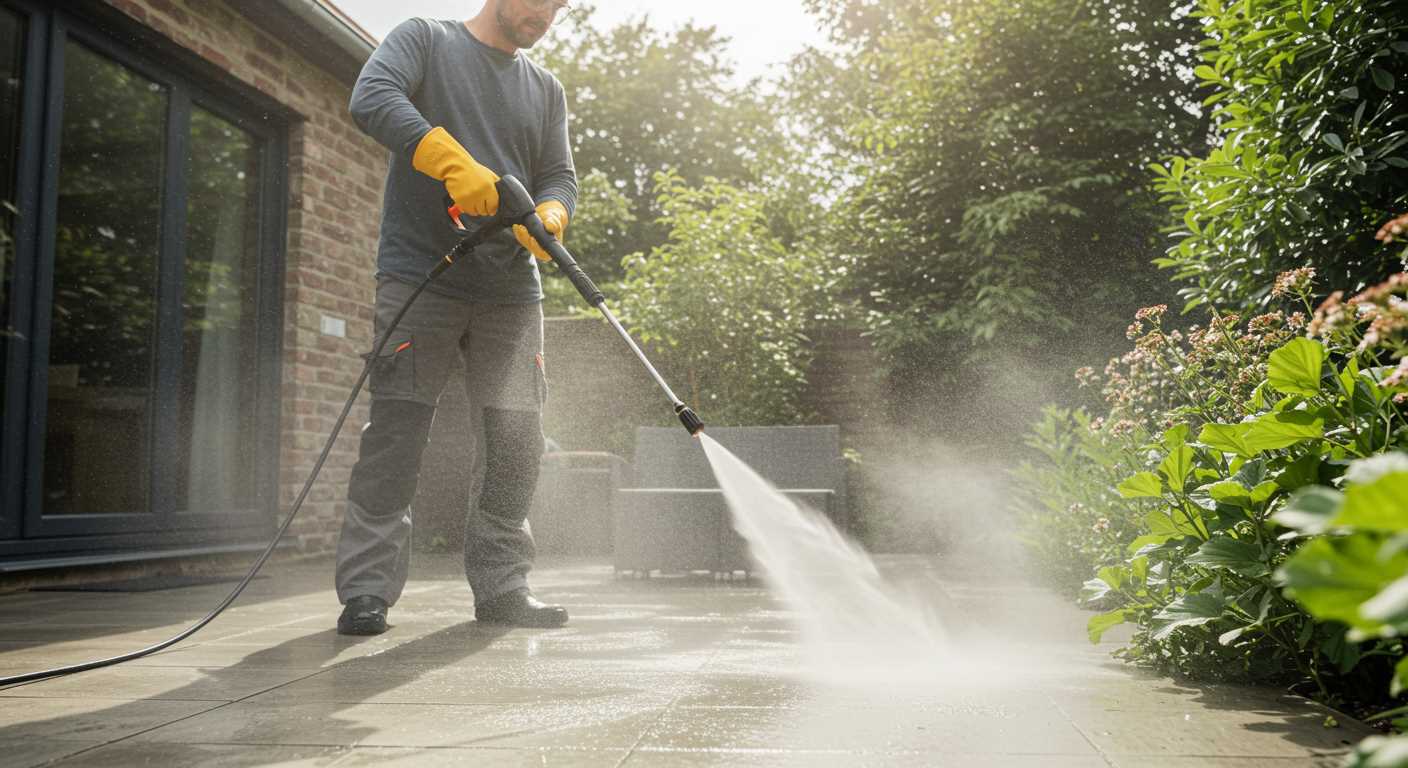
Occasionally, discolouration or mould may appear. In these cases, combine equal parts white vinegar and water or use a specialised mould remover. Apply the solution directly to the affected areas, allowing it to sit for a few minutes before scrubbing with the brush. Rinse promptly to avoid any damage.
- For mildew, a diluted bleach solution (one part bleach to three parts water) can be effective. Always wear protective gear and test in an inconspicuous area first.
- Regular maintenance, such as gentle scrubbing every six months, will prevent the build-up of grime and keep the exterior looking fresh.
Using these methods will ensure longevity and appearance for your exterior cladding, all without the need for high-pressure cleaning equipment.
Gathering Necessary Cleaning Supplies
Start with a bucket or large container to mix your cleaning solution. A sturdy plastic or metal bucket works best as it can withstand various cleaning agents. Choose a soft-bristled brush with a long handle to reach higher areas; this prevents damage to the surface while effectively removing grime.
Cleaning Solutions
Select a suitable cleaning agent. A mixture of warm water and mild detergent, or a proprietary vinyl siding cleaner, will work effectively. For tougher stains or mildew, consider using a solution of vinegar and water, or bleach diluted with water, but take care to patch-test an inconspicuous area first to prevent discoloration.
Protective Gear
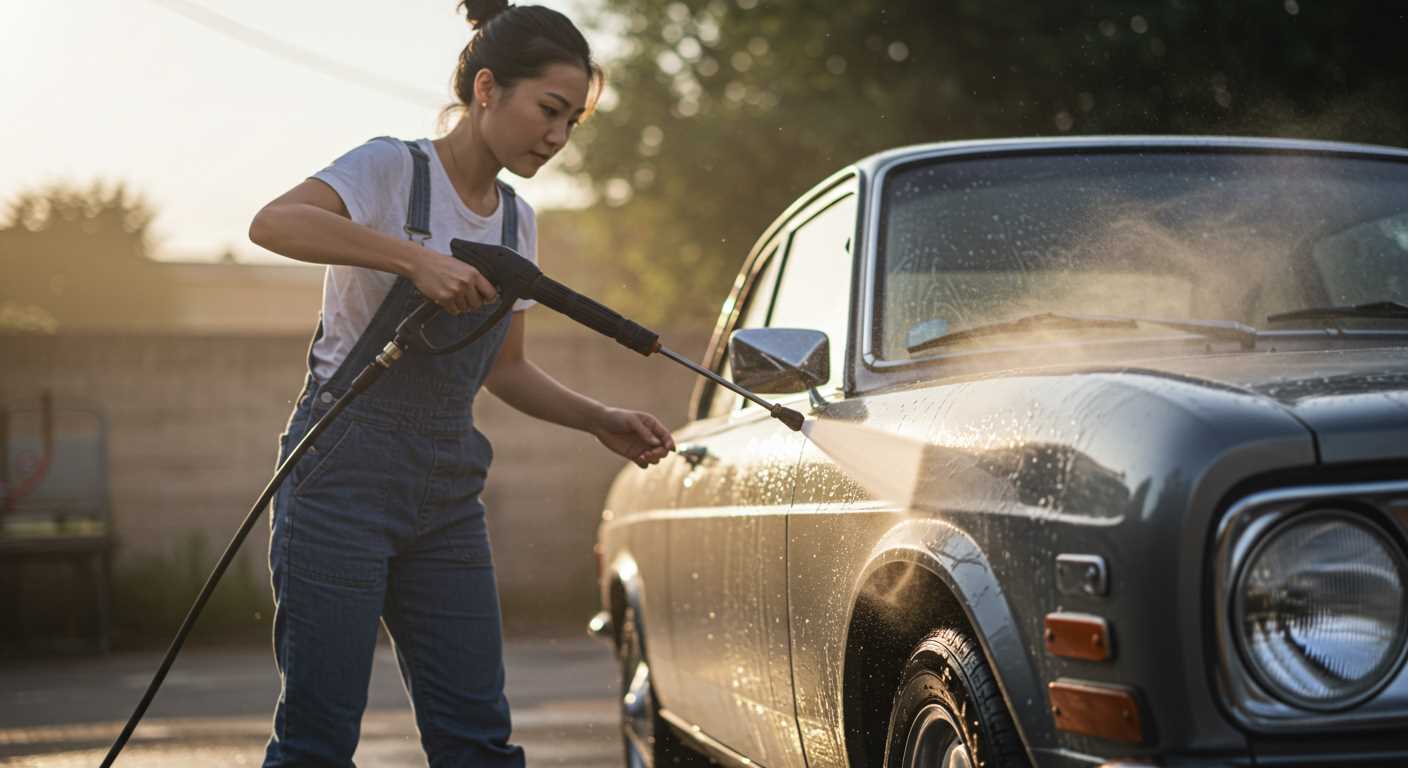
Wear gloves and safety goggles to protect your skin and eyes from any harsh chemicals used in your cleaning solutions. Long sleeves and trousers will also help shield your skin during the process. Finally, ensure you have a garden hose on hand to rinse off the cleaned surface thoroughly.
Choosing the Right Cleaning Solution for Vinyl Siding
For optimal results, a dedicated cleaning formulation specifically designed for the outer layer is crucial. I recommend opting for a mixture of warm water and a reputable mild detergent. This blend effectively tackles accumulated grime without causing damage.
Homemade Options
An economical alternative involves creating a DIY solution. Combine one cup of white vinegar with a gallon of water. This natural remedy cuts through stains and enhances shine, making it perfect for maintenance. For tougher spots, consider adding a small quantity of baking soda to the mix.
Commercial Products
Consider commercial options that indicate compatibility with your external surface. Look for eco-friendly formulas that boast non-toxic ingredients. Many brands offer versatile cleaners suitable for various surfaces, providing a reliable choice based on your preferences.
| Type | Ingredients | Usage |
|---|---|---|
| DIY Vinegar Solution | 1 cup vinegar, 1 gallon water | Apply with a sponge, scrub, and rinse |
| Mild Detergent | Warm water, mild dish soap | Scrub with a soft brush and rinse |
| Commercial Cleaner | Eco-friendly ingredients | Follow label instructions for optimal application |
Testing any solution on a small, inconspicuous area ensures compatibility and satisfactory results. The right choice not only maintains the aesthetic appeal but also prolongs the life of the exterior finishes.
Prepping Your Vinyl Siding Before Cleaning
Ensure all windows and doors are tightly closed to prevent any solution from entering. Check the seals and caulking around frames, repairing any areas that may need attention.
Remove any outdoor furniture, potted plants, or decorative items near the facade to create an unobstructed workspace.
Inspect the area for any loose sections and secure them, as this will prevent any further damage during the maintenance process.
Next, clear any cobwebs, leaves, or debris from the surface and gutters. This helps in achieving a more thorough approach.
If there are stubborn stains or patches, note their locations to give them extra attention later.
Consider the weather conditions; choose a dry, overcast day to avoid direct sunlight, which can lead to rapid drying and streaking.
Follow these steps:
- Close all windows and doors
- Remove nearby objects
- Secure loose sections
- Clear debris from the surface
- Check for stains to target
- Select ideal weather for the task
Step-by-Step Process for Manual Cleaning
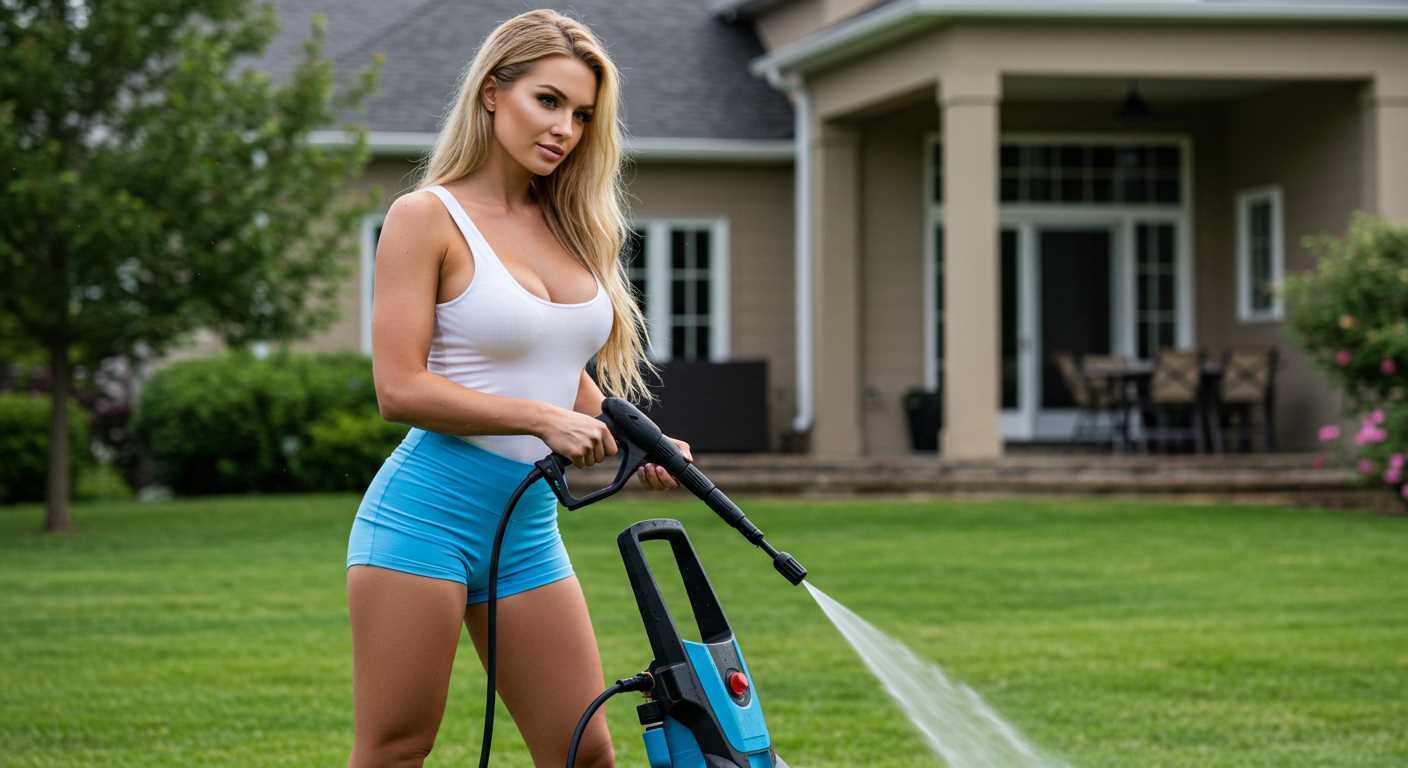
Begin with a thorough inspection to identify areas with heavy grime or stubborn stains. This ensures targeted attention during the manual scrubbing process.
Next, prepare a mixture of water and your chosen cleaning agent in a bucket. Aim for a balance that provides effective removal of dirt without damaging surfaces. Use a non-abrasive sponge or cloth to apply the solution, working from the bottom upwards to prevent streaking.
Scrubbing Technique
Employ moderate pressure while scrubbing to dislodge dirt. Focus on sections where deposits are thicker. For corners and edges, a soft-bristle brush may be more effective. Ensure you frequently rinse your sponge or brush to avoid redistributing dirt.
Final Rinse and Inspection
After scrubbing, rinse the area using a garden hose. Start from the top and allow the water to flow downwards, ensuring all residues are washed away. Conduct a final check for any missed spots and address them immediately with your cleaning solution. Allow the surface to dry completely, which will help reveal any areas that might need an additional pass.
Tips for Stubborn Stains and Mildew Removal
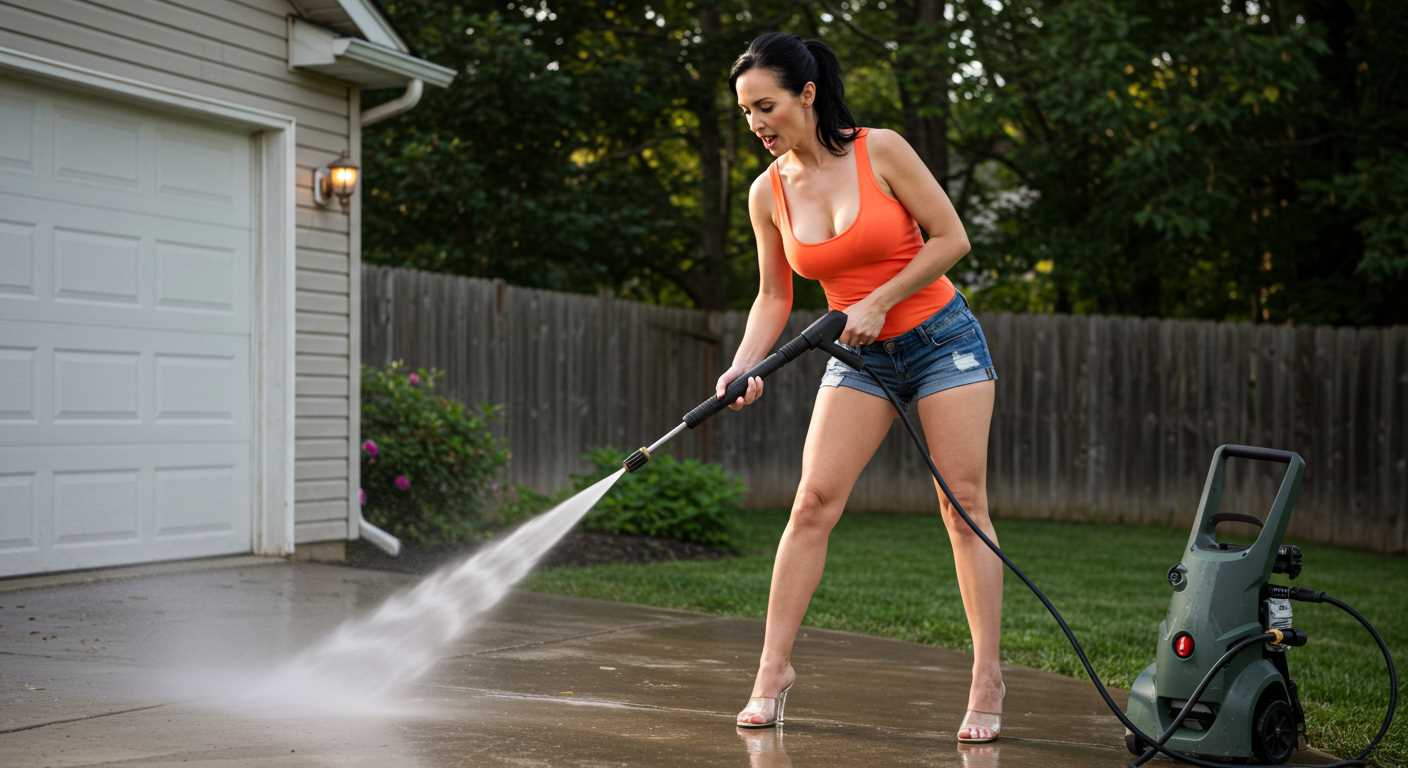
Mix a solution of one part bleach to three parts water for persistent mildew. Apply it using a sponge or cloth, ensuring it covers the affected areas completely. Allow it to sit for about 10-15 minutes before rinsing thoroughly with water.
For hard-to-remove stains such as oil or grease, create a paste using baking soda and water. Apply this paste directly to the stain and let it sit for at least 30 minutes. Gently scrub with a soft-bristle brush and rinse well.
A vinegar solution is an excellent alternative for organic stains. Combine equal parts white vinegar and water in a spray bottle. Spray onto the stains, leave for 10 minutes, then scrub lightly with a cloth before rinsing.
Using a commercial cleaner designed specifically for exterior materials can also address tough stains. Always check the product instructions and test it on a small, inconspicuous area first.
For mould build-up in shaded or humid areas, consider using a mixture of laundry detergent and warm water. This approach can effectively break down organic matter. Apply as mentioned previously, scrub, and rinse thoroughly.
Lastly, regularly inspecting and maintaining your exterior can prevent stains and mildew from becoming ingrained. Consider seasonal cleanings to keep the surfaces fresh and free of debris.
Rinsing Techniques to Avoid Residue
Utilise a bucket of clean water and a soft-bristle brush to thoroughly rinse off soap and debris. Dip the brush into the water and work from the top downwards to prevent runoff washing dirt back onto cleaned areas.
For effective rinsing, consider using a garden hose equipped with a spray nozzle set to a gentle spray. This avoids damaging the surface while ensuring thorough rinsing. Direct the water at an angle, allowing it to flow down the panels instead of against them.
Ensure to rinse immediately after applying the cleaning solution. Letting it sit can cause residue to form, making it more challenging to remove later. For stubborn areas, use a damp cloth to wipe down the surface after spraying.
Pay attention to corners and seams, as soap can accumulate in these areas. An old toothbrush can help reach these spots effectively. After rinsing, inspect for any remaining soap spots and do a final pass with water to ensure nothing is left behind.
Maintaining Clean Vinyl Cladding Long-Term
Regular inspections are key. Check for dirt buildup, mildew, or any signs of damage at least twice a year. Consider crafting a schedule, marking dates on your calendar to help you remain consistent.
Routine Maintenance Steps
Dust off surfaces using a soft-bristle broom to prevent the accumulation of debris. This step reduces the need for intensive cleaning sessions later. During periods of heavy rainfall, monitor for potential algae growth, particularly in shaded areas.
Seasonal Touch-Ups
In the spring, perform a thorough inspection and address any visible stains. Keep an eye on the caulking and seals. If issues arise, reapplying sealants in these zones can enhance protection from the elements and extend the lifespan of your exterior.
Consider using a mild soap solution to wipe down the surfaces as part of your end-of-summer routine. This practice can help you tackle light environmental residues before they become more challenging to manage.








